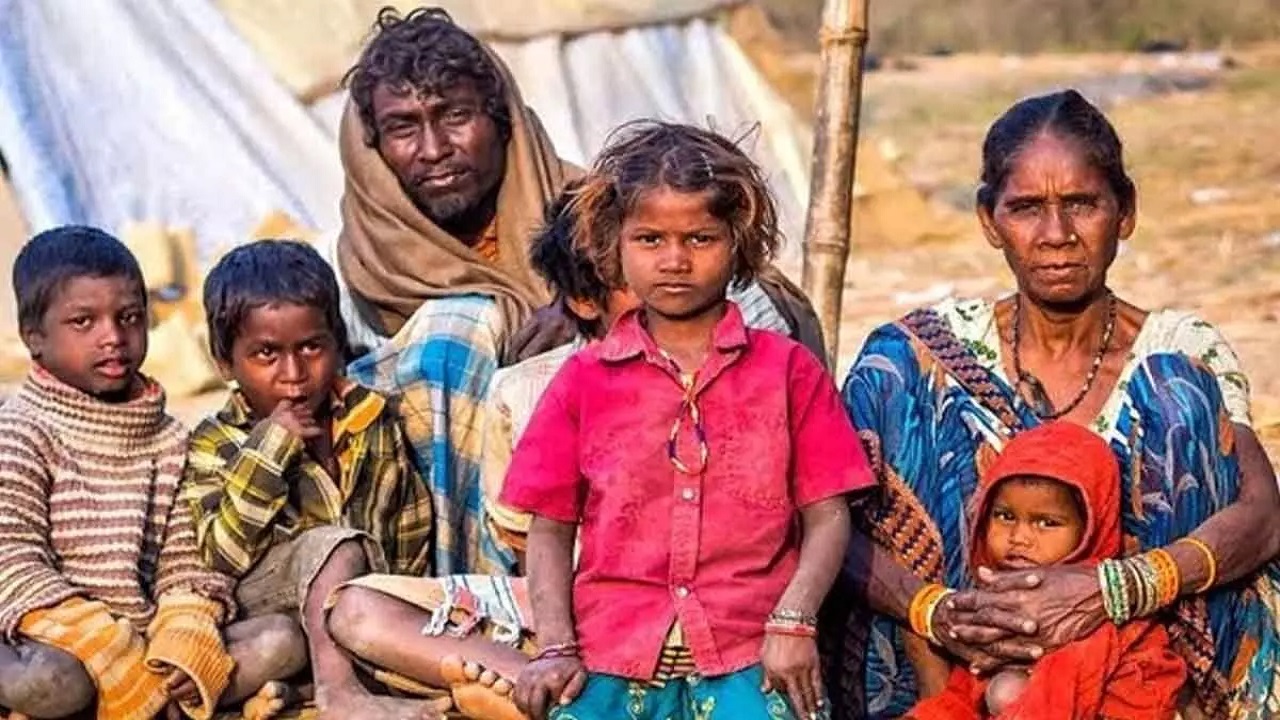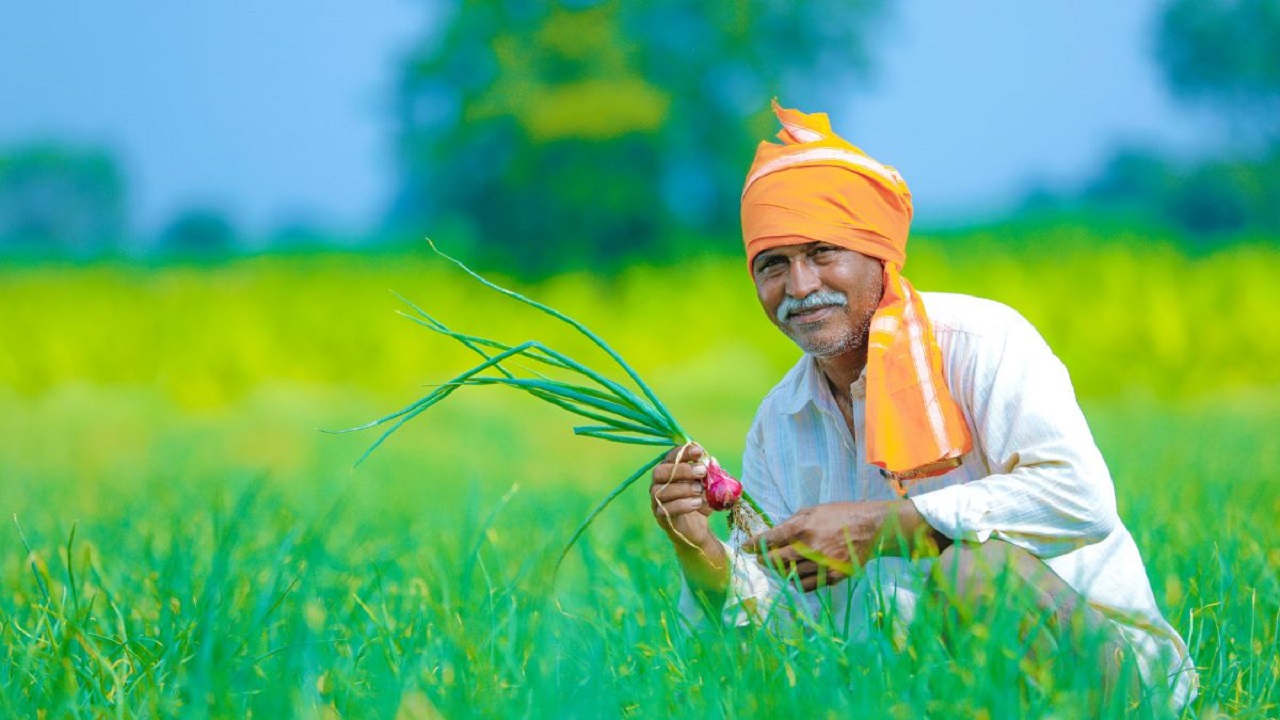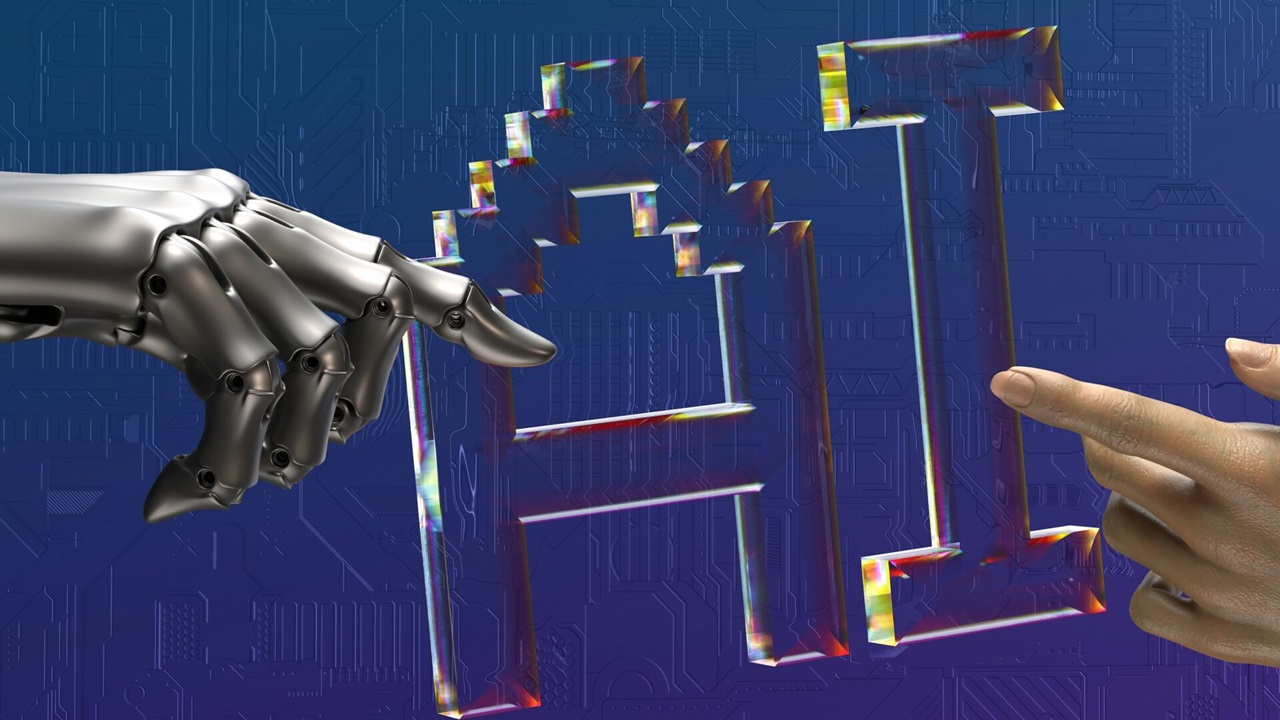Extreme Poverty in India: Measuring the Decline
Context:
India’s poverty data has recently gained attention. In April 2025, the government cited a World Bank report claiming that 171 million people were lifted out of extreme poverty over the last decade.
Later, the World Bank updated its estimates, stating that only 5.75% of Indians now live in extreme poverty—down from 27% in 2011–12.
Understanding the Poverty Line
-
A poverty line is an income threshold used to identify who is poor.
-
It varies by time and place, as living costs and standards change.
-
There is no universal benchmark—different definitions are used depending on the purpose.
Why India Uses the World Bank’s Poverty Line
-
India’s last official poverty line was based on the Tendulkar Committee (2009) using 2011–12 data.
-
The Rangarajan Committee (2014) suggested a new method, but it was never adopted.
-
In the absence of updated national data, India now relies on:
-
NITI Aayog’s Multidimensional Poverty Index, and
-
The World Bank’s poverty line for tracking poverty trends.
-
World Bank’s $3/Day Poverty Line (PPP)
-
Introduced in 1990 as $1/day, the World Bank has since updated it to $3/day (PPP-adjusted) in June 2025.
-
At India’s PPP rate of ₹20.6/USD, this equals about ₹62/day.
-
This benchmark reflects what $3 can buy in India, not a direct cash value.
Key Findings from World Bank Data
-
Poverty in 1977–78 was earlier overestimated at 64%; revised to 47%.
-
India’s poverty fell from 27% (2011–12) to 5.75% (2022–23).
-
The number of extreme poor dropped from 34.4 crore to 7.5 crore.
-
Misconception: People often convert $3 using market rate (₹85), instead of the correct PPP rate (₹20.6).
India’s Own Poverty Lines Over Time
-
Poverty thresholds have varied:
From ₹12–₹17/day (pre-2009) to ₹30–₹47/day (post-2009) depending on rural or urban areas and committee recommendations.
Conflicting Poverty Realities in India
-
5.75% are below the World Bank poverty line.
-
Yet, 66% of people depend on free food grains.
-
83% live on just ₹171/day.
-
Such gaps show that poverty varies by definition and perspective.
Policy vs Ground Reality
-
The 2024 Budget waived tax for those earning up to ₹12 lakh/year (₹3,288/day).
-
This contrasts sharply with the ₹62/day poverty line, showing a huge income divide.
Conclusion: Reducing Poverty or Redefining It?
While poverty levels have fallen sharply on paper, the data also highlights broader economic hardship.
The challenge is not only to measure poverty accurately but to ensure that definitions reflect real conditions on the ground, not just statistical improvements.




Comments (0)